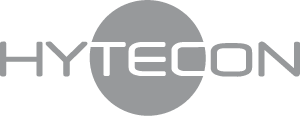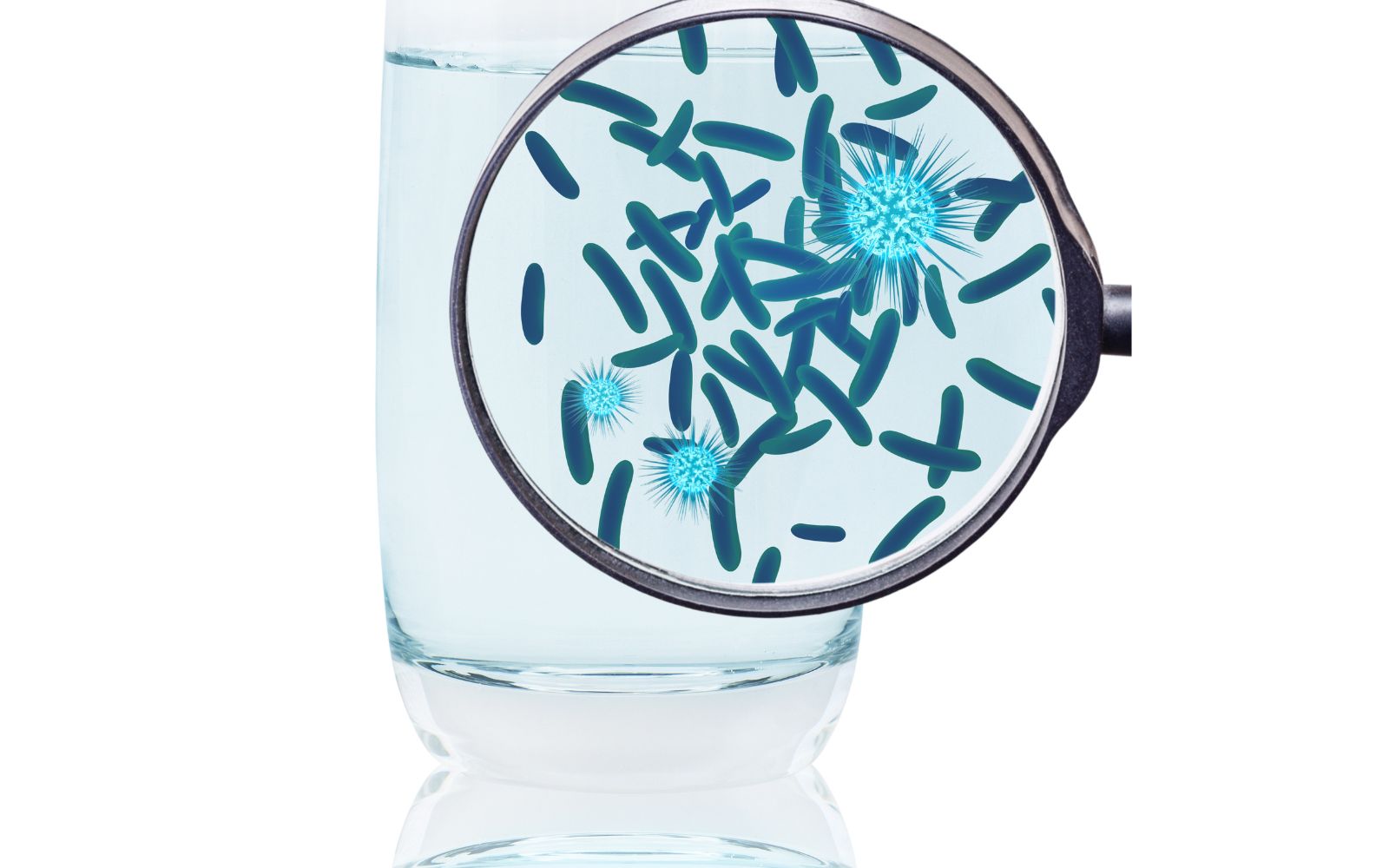In accordance with the DIN 2001-2 standard, manufacturers of motorhomes have been obliged since 2009 to equip new vehicles with water systems suitable for drinking water. However, as soon as the water is taken from a public supply network, it is of course your responsibility to keep the drinking water clean. In addition, with this approach, the water must already be very clean and harmless when it is filled - but is that really guaranteed at every travel destination?
Odor, taste and pollutants
Almost everyone knows this - water that is stored in tanks at ambient temperature for a long time can take on a musty smell and taste. Depending on the origin of the water, dissolved pollutants such as pesticides can pose a health risk. A water filter can help. There are countless products on the market and choosing one can quickly seem difficult. Activated charcoal filters are highly recommended; block filters made of sintered activated charcoal deliver the best performance. High-quality products can be recognized by independent certifications, i.e. seals of approval. The American "National Sanitary Foundation", or NSF for short.
, is the global leader in examining and evaluating filters
The NSF issues internationally recognized certificates for various filter performance characteristics. NSF/ANSI 42 stands for aesthetic effects such as smell and taste, NSF/ANSI 53 (over 50 health-related pollutants, including heavy metals) or the NSF/ANSI 401 standard, which sets out the reduction requirements for new “modern” environmental toxins such as medicines, pesticides and other chemical residues from industry.






